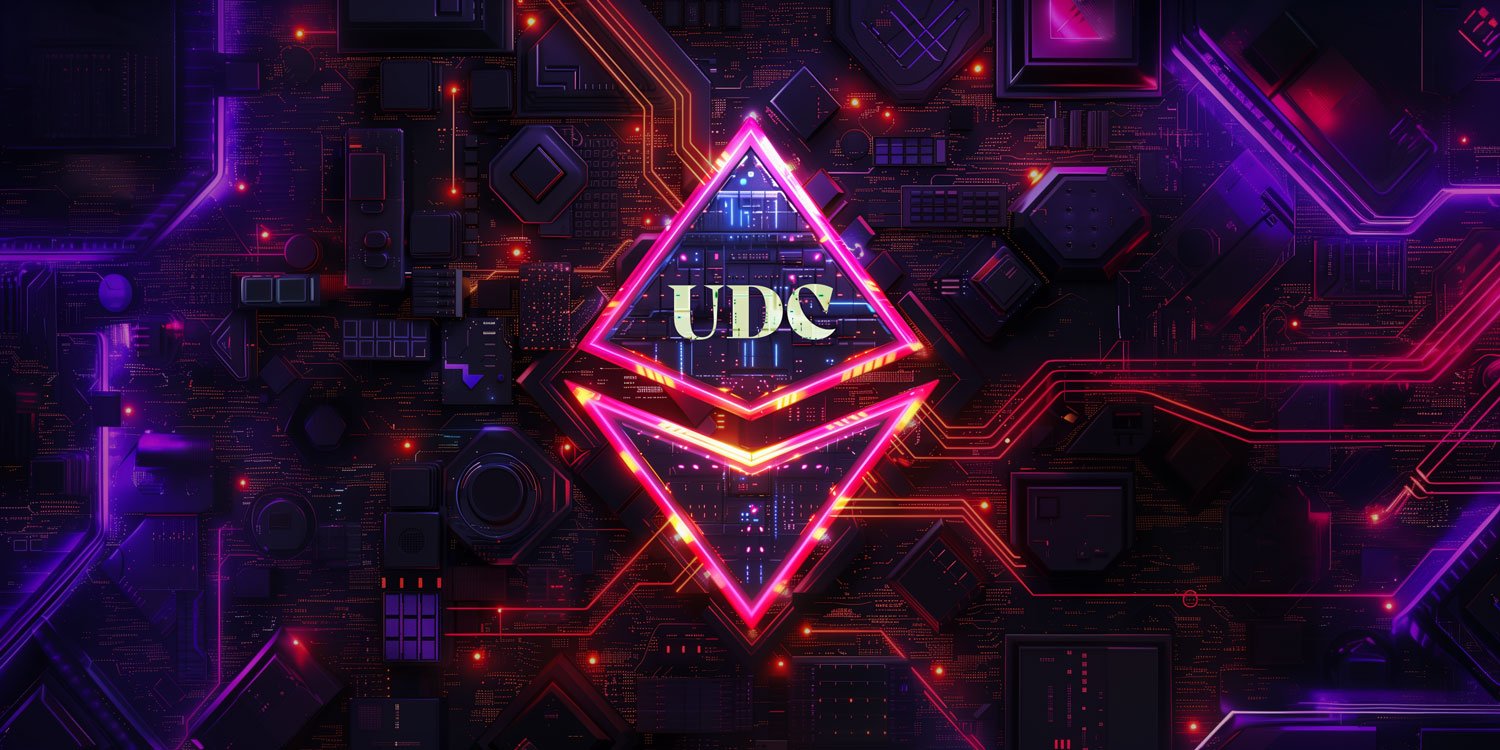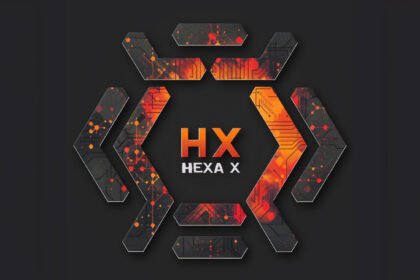In DangerCity, the economy is dominated by the Universal Digital Credit (UDC), a digital currency introduced decades ago with the promise of streamlining transactions and enhancing financial security. Initially embraced with enthusiasm, the UDC quickly became the backbone of the city’s economy, eliminating the need for physical cash. However, as time passed, the UDC’s darker implications began to surface, revealing a complex web of control, surveillance, and corruption.
The History of Universal Digital Credit
Origins and Implementation
The UDC was conceived during a period of economic turbulence in DangerCity. The city’s leaders sought a solution to rampant financial fraud, inefficiencies in cash transactions, and the need for a more transparent economic system. The UDC was presented as the answer—a unified digital currency that would simplify transactions, reduce fraud, and provide a transparent ledger of all financial activities.
The rollout of the UDC was strategic and well-planned. The government incentivized its adoption through tax breaks for businesses that transitioned to digital transactions and subsidies for individuals who opened UDC accounts. Physical cash was gradually phased out, and within a few years, the UDC became the standard for all financial transactions in DangerCity.
Centralization and Control
As the UDC became more entrenched in the economy, its centralized nature began to reveal significant drawbacks. The centralization allowed the government and powerful corporations to monitor and manipulate every financial transaction. This level of surveillance enabled authorities to track individuals’ spending habits, enforce economic policies, and exert social control.
The centralized control over the UDC also led to widespread corruption. Those in power used the currency to maintain their influence and suppress dissent. The once-celebrated digital currency had effectively turned DangerCity’s economy into a tightly regulated, almost socialist system, where true financial freedom was a distant memory.
Why UDC Was Made
Intended Benefits
- Efficiency: The UDC aimed to streamline financial transactions, making them faster and more efficient than traditional cash or credit systems.
- Security: By reducing the reliance on physical cash, the UDC sought to decrease theft and financial fraud.
- Transparency: The digital ledger associated with the UDC was designed to provide a transparent record of all transactions, theoretically reducing corruption and illegal activities.
Unintended Consequences
- Surveillance: The transparency of the UDC ledger allowed for pervasive surveillance by the government and corporations.
- Control: Centralized control enabled authorities to manipulate the economy, enforce compliance, and suppress dissent.
- Corruption: The concentration of power among a few entities led to widespread corruption and economic inequality.
The Transition from Gold-Backed Currency to Fiat
To understand the implications of the UDC, it’s important to look at the history of money in the real world, particularly the transition from the Gold Standard to fiat currency. Historically, currencies like the US dollar were backed by gold, meaning each dollar represented a specific amount of gold held in reserve. This provided stability and confidence in the currency’s value.
However, in the early 20th century, countries began moving away from the Gold Standard. In 1971, the US completely abandoned the Gold Standard under President Nixon, allowing the government to print money without needing equivalent gold reserves. This transition to fiat currency—money that is not backed by a physical commodity but by government decree—provided greater flexibility in managing the economy but also introduced risks of inflation and devaluation.
The Power and Challenges of Fiat Currency
Today, the US dollar (USD) is the world’s dominant reserve currency, used in international trade and held by central banks globally. Its position as the primary fiat currency gives the US significant economic power. However, this dominance is increasingly challenged by other countries and the rise of cryptocurrencies like Bitcoin.
The Threat of Central Bank Digital Currencies (CBDCs)
Central Bank Digital Currencies (CBDCs), like the UDC in DangerCity, represent a new frontier in digital finance. While CBDCs promise greater efficiency and security, they also pose significant risks. Centralized control over a digital currency allows for unprecedented surveillance and manipulation, similar to the issues seen with the UDC. This potential for abuse highlights the importance of decentralized alternatives like Bitcoin and other cryptocurrencies.
Why People Now Hate the UDC
As the UDC’s centralized control became more apparent, public sentiment shifted from enthusiasm to resentment. The key reasons for this change include:
- Loss of Privacy: The pervasive surveillance capabilities of the UDC eroded individual privacy, making every transaction a matter of public record.
- Economic Manipulation: The ability of authorities to manipulate the economy and enforce compliance through financial means created a sense of powerlessness among the populace.
- Corruption and Inequality: The concentration of power among a few entities led to widespread corruption and increased economic inequality, further alienating the general public.
Lessons from the UDC: Understanding Real-World Money
To fully grasp the implications of the UDC, it’s essential to understand how money works in the real world. Here are some key points:
- Fiat Currency: Modern money, like the US dollar, is fiat currency, meaning it is not backed by a physical commodity but by government decree. This allows governments to print money as needed, but it also introduces risks of inflation and devaluation.
- Centralization: Centralized control over currency, whether through traditional fiat systems or CBDCs, allows for greater efficiency and security but also increases the potential for abuse and corruption.
- Decentralization: Cryptocurrencies like Bitcoin offer a decentralized alternative to traditional currencies, providing greater privacy and autonomy. However, they also face challenges of their own, including potential centralization among wealthy elites and regulatory scrutiny.
Conclusion
The story of the UDC in DangerCity serves as a cautionary tale about the dangers of centralized digital currencies. While they offer significant benefits in terms of efficiency and security, they also pose substantial risks of surveillance, control, and corruption. Understanding the history and implications of the UDC helps illuminate the broader challenges and opportunities in modern financial systems, highlighting the ongoing struggle for financial freedom and autonomy.


















